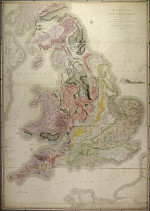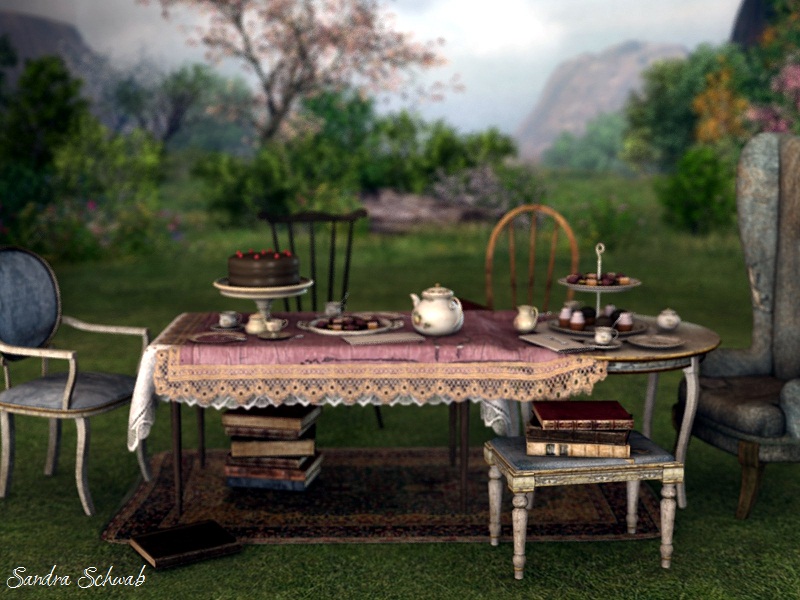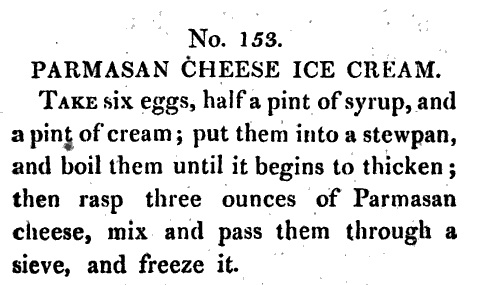Judith Ivory’s Black Silk is one of my all time favorite historicals. At the time I read Black Silk, Ivory’s books were not available in eBooks. There were terrible, horrible, cheap POD versions — with newsprint quality paper and ink that was smeared… I returned the copy that arrived with a crooked cover and located a used mass market paperback.
Ivory’s books are now available as eBooks, as I came to learn on Twitter. I immediately purchased everything (including the Judy Cuevas books) and I added the audio book to a couple of them. Set that aside for a moment, while I gush about Ivory …
I LOVED LOVED LOVED The Proposition even with the cheesy ending. I’m in the middle of The Beast right now (in audio) and well. Judith Ivory. Her writing is lovely, and she does what I miss so much in historicals and that I strive to do in my own writing, which is tell as story as if the HEA is not a given. My personal description of this goes like this: A Romance written as if it were not a Romance.
Aside: I said this once on a loop and got a tremendous, even vicious, push back. Not that any of the disagreement came close to changing my mind. I still believe that a Romance that is written as if it’s not a Romance will have far, far more tension.
Also, especially now that I’m not traditionally publishing, I really don’t care about the prevailing beliefs about what sells. A lot of those beliefs are wrong. Sure, it’s crucial to know what’s happening in the market, but even so, I get to decide what I write, and I get to write exactly the way I want, entirely in line with the stories I want to tell.
Because, and, yes, another aside, when I am gone from this world, I want to have written the stories that speak to me, without compromise in the way I’ve told them. (This is NOT the same thing as not listening to editorial advice. Editorial advice is crucial.) If that means I sell fewer copies, I am at peace with that.
When This Is A Romance permeates every aspect of the story, there’s a very real risk of the book being too familiar. Tired, even. The Insta-Love trope is a predominant approach these days. I don’t necessarily mind it. There are lots of such stories that are great books, too. But there’s an awful lot that don’t distinguish themselves.
Yes, this is another aside.
Too often I feel I’m getting a Romance where sexual attraction is the container of the story … such that it is present from the start. Even stories where the hero and heroine, ostensibly, do not like each other, they are powerfully attracted underneath. Again, I’m not saying this should never be done. I’m just saying, it’s now really really common. Plus, well, I guess I also think there are lots of authors who aren’t challenging this. You have to be really, really good to make such a story extraordinary.
This leads to stories where something else delays bringing together the sexual and the commitment to the person they love. Often, this ends up being “I’m not worthy.” A flavor, if you will, of “I’m in your ass, saving your life.” Again, it’s possible to pull this off, but you have to be good. Really good. (P.S. I read that book and liked it better than SBTB. But that review started a meme/trope/Romance inside joke.)
Anyway, one of the things Ivory does so well is to give us characters who, despite any attraction, have lives that allow us to see exactly how they might walk away from this potential relationship. And that possibility is credible. Even when you know it’s a Romance and there will be an HEA.
Right. OK, so when I was on my Ivory spree, I clicked Add the Audio Narration because I’ve been listening to some audio books, and I am finding a place in my commute and certain other moments where an audio book fits quite nicely. I just finished listening to a Romantic Suspense audio book (not an ACX DIY book) by a favorite author, and I loathed the narrator from the start.
Loathed. The. Narrator.
She read the book as if she felt contempt for the work she was reading. The male voices were phony and contrived and because she was trying (and failing) to roughen and deepen her voice for the male characters, they were all the same. That production wasn’t as bad as the production for A Darker Crimson (my first paranormal, audio rights not mine at the time) which was just horrific, I’m sad to say. Terrible narrator. Terrible production values.
I started listening to the audio book for Ivory’s The Beast, and the narrator is wonderful. She never sounds strained or phony, and I’m just so struck by how very, very good this reading is.
So. Here are my questions to you. Do you listen to audio books? What are your thoughts, pet peeves, loves, hates about them? Have you read Ivory?










